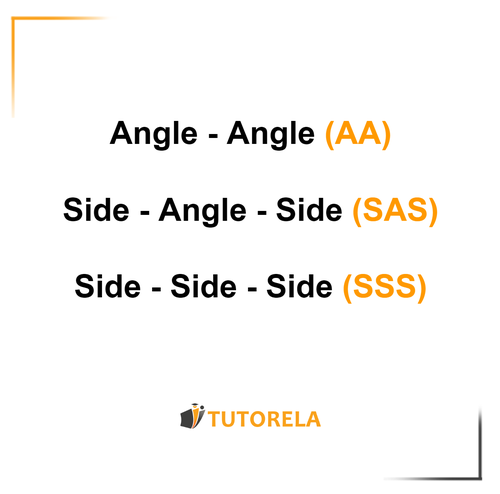To demonstrate the similarity between triangles it is not necessary to show again and again the relationship between the three pairs of sides and the equivalence between all the corresponding angles. This would require too much unnecessary work.
There are three criteria by which we can see the similarity between triangles:

- Angle - Angle (AA): two triangles are similar if they have two equal angles.
- Side - Angle - Side (SAS): Two triangles are similar if the ratio between two pairs of sides and also the angle they form are equal.
- Side - Side - Side (SSS): Two triangles are similar if the ratio between all their sides (similarity ratio) is equal in both triangles.